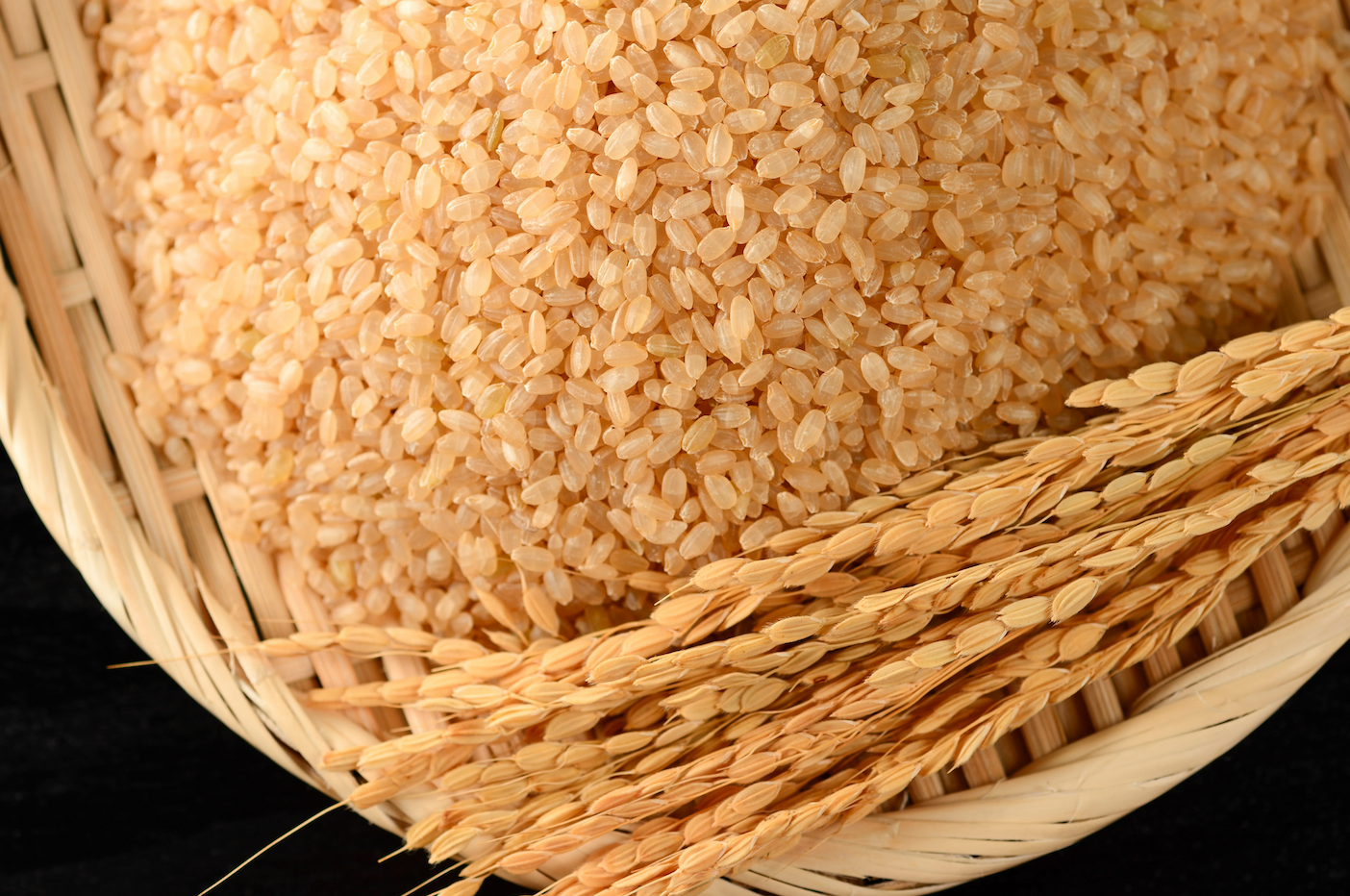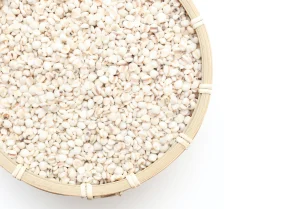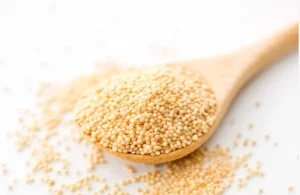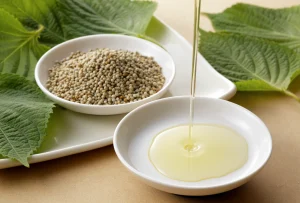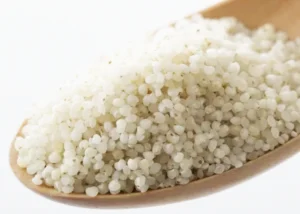There are two types of dietary fiber: soluble and insoluble.
Soluble fiber slows down digestion and absorption, and is fermented by bacteria in the colon to form gas.
Since dietary fiber is made up of polysaccharides, which are molecules of glucose connected together, soluble fiber becomes slimy and sticky. Pectin, another polysaccharide, is a typical example, and after absorbing water, it becomes a gelatinous, sticky substance.
Insoluble fiber, on the other hand, is not digested at all. Since they do not dissolve in water, they increase the speed at which food and its waste products move through the intestines.
Both soluble and insoluble fiber have powerful effects on metabolism, and it is not a matter of which is better.It is important to take in both types of fiber.
Insoluble fiber, when taken in, forms a kind of a net to hold the soluble fiber together. Soluble fiber fills the holes in this net and sticks to it. Without this net of insoluble fiber, the soluble fiber would just flow away, but with the net, a lot of it gets stuck and is less likely to fall down.
The combination of the two fibers makes the flow of nutrients from the intestines to the bloodstream slower. This is very good for the body, as it slows down the flow of nutrients so that the liver has more time to fully metabolize what is coming in.
Many of the foods we eat every day do not contain dietary fiber. The refined grains that we eat every day have the bran and germ removed during the milling and polishing process. Because this process makes the grain finer and extends its shelf life. As a result, most of the micronutrients and dietary fiber are removed. For example, white rice, refined flour, and cereals.
So brown rice that has not had those things removed is rich in fiber, and is good for your body!

